Every Tuesday, Italian local Emiko Davies is taking us on a grand tour of Italy, showing us how to make classic, fiercely regional dishes at home.
Today: With just four ingredients and a few minutes, you can have warm, pliable flatbreads that are perfect for filling with cheese and prosciutto.
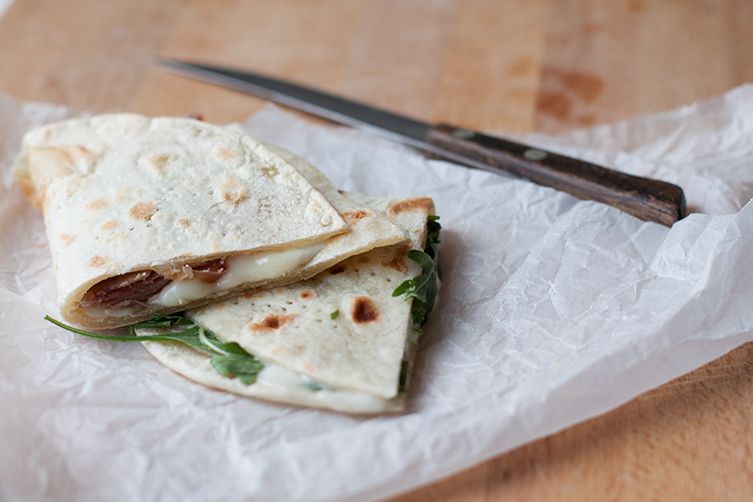
The humble piadina is a round, rustic, tortilla-like flatbread that is much-loved all over Italy. Although Carol Field doesn't give a recipe for it in her fabulous cookbook The Italian Baker, she does call it an ancestral flatbread and cites it as the predecessor of the focaccia and pizza we eat today. Its ingredients are as basic as can be: flour, fat (traditionally lard, but olive oil is a good substitute), water (though some people use milk or even dry white wine in its place), and salt. Some like to add a bit of baking soda.
Hailing from the central-northern region of Emilia-Romagna (and, more specifically, the area around the towns of Rimini, Forlì, Cesena, and Ravenna), the true piadina romagnola was traditionally cooked over a hot terra cotta plate called a teglia (or, in local dialect, teggia) and today, usually on a hot pan. Once very much a homemade product, today piadine are commonly bought pre-packaged from the supermarket or pre-made in cafés or service stations. These are a far cry from the real thing, which you can still find in Emilia-Romagna, where they're cooked on the spot at country fairs or at piadinerie (piadina kiosks) and protected by prestigious I.G.P. (Protected Geographical Indication) status.
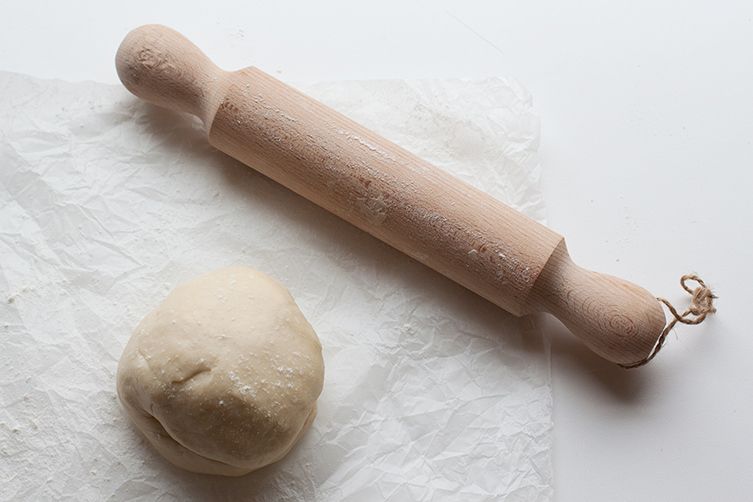
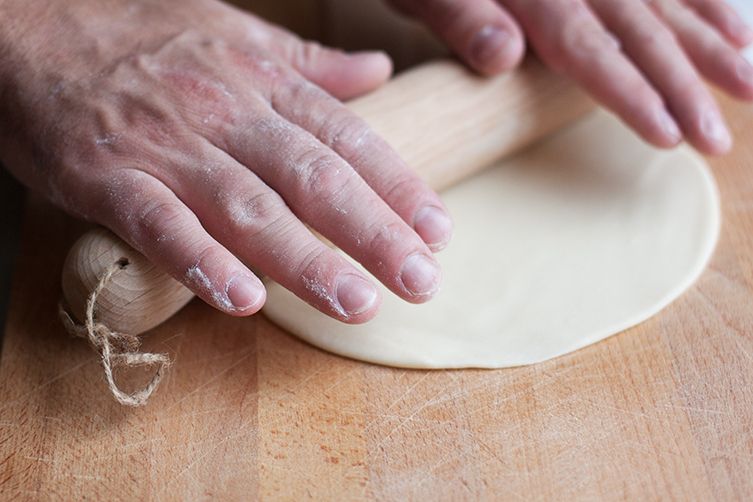
Simple and versatile, piadine can be a snack, a meal, or even a dessert. They're usually filled with just one or two ingredients: oozy Stracchino or Squacquerone cheese and arugula; prosciutto and fontina; grilled sausage and onion; porchetta; spinach and ricotta; tomato and mozzarella; or, for a sweet version, Nutella. The filling is placed in the piandini, which is then folded in half and cooked again until the insides are warm or melted.
It's best to eat a piadina right after it's made (some say no more than three minutes after it has come off the hot plate), so it's a good thing that they're a cinch to make at home in almost no time.
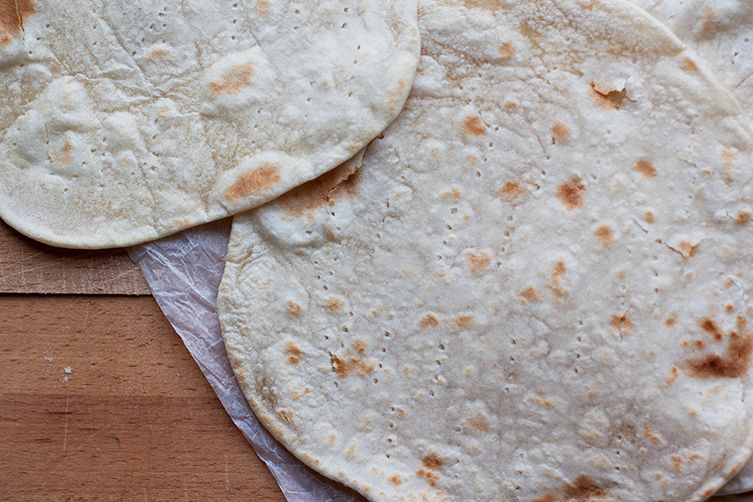
I would suggest making these by hand rather than with a mixer so you get a feel for the dough (and so you'll have less cleaning up to do). Assembling the dough takes about five minutes; it then rests for about 30 minutes, during which you can get get something else around the house done.
Next, you'll roll out small balls of the dough thinly (traditionally, they're less than 1-millimeter thick by the coast of Rimini and up to to 5-millimeters thick further inland) and cook them quickly, just a few minutes each side, at most, so they remain pliable. Use a fork to poke at the bubbles that appear while cooking and a long knife to flip the piadina over (these are the essential instruments traditionally used to make this peasant and street food).
Now your warm piadine are ready for filling, melting, and devouring.
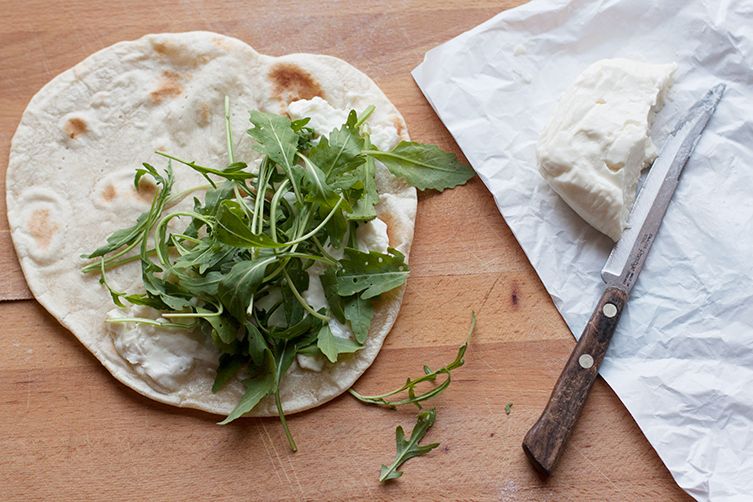
The True Piadina Romagnola
Makes 4 piadine
250 grams flour
30 grams olive oil
Pinch
120 milliliters tepid water
Fillings of your choice (optional)
See the full recipe (and save and print it) here.
Photos by Emiko Davies
See what other Food52 readers are saying.